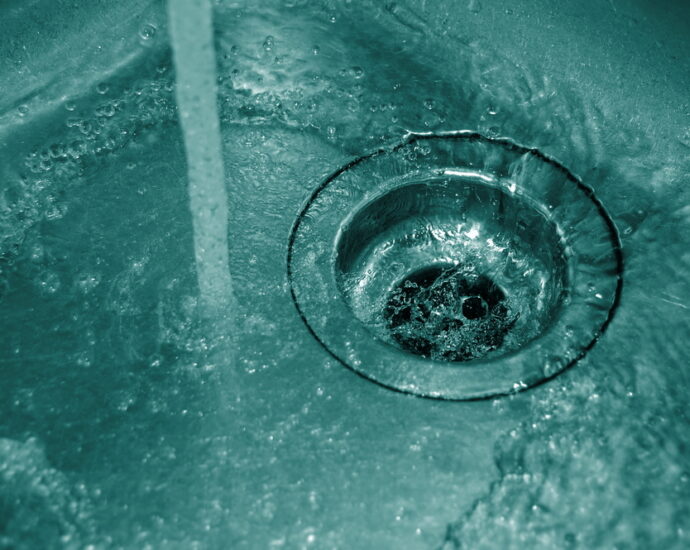Throughout history, humans have relied on various materials and technologies to transport water, from ancient clay pipes to modern fiberglass-reinforced polymer (FRPM) systems. As we face increasing challenges related to aging infrastructure and sustainability, the evolution of water pipes becomes crucial for ensuring access to safe and reliable water resources.
Page Contents
Historical Development
The journey of water pipes dates back to 4000 BCE.
The Indus River Valley: Used clay pipes for water transport.
Ancient Crete: Wooden pipes.
Egypt: Copper pipes
Ancient Greece and Rome: Aqueducts
Challenges with Traditional Materials
Steel pipes, introduced in the 19th century, faced issues of corrosion and environmental impact, with a relatively short lifespan despite their strength. Prestressed concrete cylinder pipes (PCCP) offered improvements in longevity but suffered from high rates of premature failure. Ductile iron pipes (DIP) brought their own set of challenges, including environmental concerns and reduced lifespan due to corrosion.
Innovation with FRPM
The breakthrough came in the 1960s with the introduction of Hobas FRPM, a fiberglass-reinforced polymer mortar system. With a projected lifespan of over 150 years and minimal environmental footprint, FRPM revolutionized water pipe technology. Its durability, resistance to corrosion, and low maintenance requirements make it an ideal solution for modern water infrastructure needs.
Government Initiatives
Recognizing the urgent need for infrastructure upgrades, governments worldwide are investing billions in updating municipal water systems. Recent funding announcements, such as the $5.8 billion allocation for water infrastructure in the United States, highlight the importance of embracing advanced materials like FRPM for sustainable development.
Addressing Sustainability Challenges
The adoption of FRPM not only ensures long-term reliability but also addresses critical sustainability concerns. By reducing carbon impacts and slashing wasted water through improved leak prevention, FRPM contributes to a more sustainable water management system.
Future Outlook
As municipalities strive for resilience and sustainability, the demand for innovative water infrastructure solutions will continue to grow. With its proven track record and unmatched longevity, FRPM emerges as the water pipe of the future, offering a reliable and environmentally friendly alternative to traditional materials.

